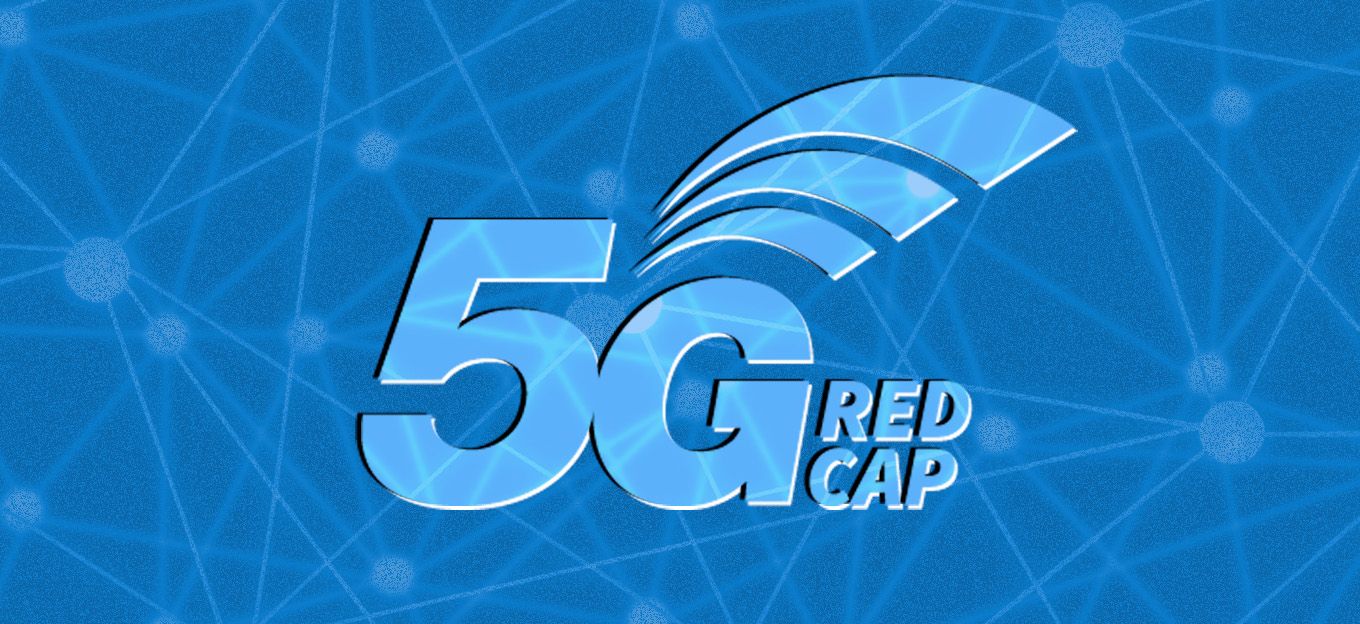Monetizing Spectrum Sharing is the Key for Delivering Ubiquitous 5G Edge IoT
Monetizing Spectrum Sharing is the Key for Delivering Ubiquitous 5G Edge IoT
- Last Updated: December 2, 2024
Guest Writer
- Last Updated: December 2, 2024



5G holds great promise for delivering higher network speeds and network utilization to support expected exponential growth in data-driven activities and services. While that is desirable, a lot of the “need” is driven by political motivation and a sense of country one-upmanship with China. Guilty in creating a fever pitch are carriers and the U.S. government alike. Politically achieving technological advancement and superiority always plays well, and right now 5G is the favorite flavor of the day.
The most significant barrier to 5G is regulatory limits on the spectrum. For industry success, follow this 5-point framework for edge IoT.
Of course, economics always plays a part and 5G will not be a cheap solution. Infrastructure costs, capital expenses, densification, and operational expenses required to deploy a full network solution across the U.S. are daunting. At present those costs are not feasible, ultimately they will vary city-to-city determined by usage and need. There will be no cure-all for everybody at once, a 5G rollout is going to take lots of time, coupled with significant and immediate barriers to expansion and access.
Perhaps the most significant barrier is regulatory limits on the spectrum. 5G can only work with certain frequency bands because of FCC regulatory policy. To balance the load carriers will need access to agile frequencies and multiple bands (to wit, WiFi 6 has shown great promise in its ability to partition out frequencies and spectrum sharing). As a basis for rolling out 5G, most carriers have been focused on network utilization and optimization, but instead, they should be looking at spectrum optimization.
From that context, an impediment to a successful 5G rollout is the industry “vertical” model of centralized cloud service, internet provider, and carrier towers. A peer-to-peer or multi-access mobile edge computing (MEC) model that offers true democratization of spectrum would be the best route for achieving ubiquitous 5G, while also making economic sense for carriers, government bodies, and consumers. Here’s a 5-point framework for industry success:
1. Autonomous AI-Driven Policy-Based Approach
Ubiquitous edge and IoT applications must be geared toward (1) “cognitive” spectrum awareness, (2) achieving high-efficiency transmissions with low latency, (3) maintaining link quality, and (4) defending against malicious cyber activity. AI/ML-driven dynamic spectrum access, link-aware spectrum governance and management, and cognitive routing also provide for secure and robust links that seek out safe, optimum routes for data transmissions to prevent mishaps.
2.Pre-Programmed Device Rules of Engagement
Devices will need to be programmed with automated rules of engagement so carriers/providers, etc. can monetize the spectrum while efficiently doling out use of that spectrum. Similar to driverless cars, 5G devices should be autonomous in their ability to operate without human intervention to the extent necessary. Can we build smart algorithms that are SLA driven? Enable a device to be “self-aware”, adjust and negotiate the (ever-changing) policy limits and environmental conditions it encounters? Can devices be trained not to hog up the spectrum when they shouldn’t?
3.Monetization via Pay-as-you-Go vs. Flat Fee
Monetization via Pay-as-you-Go vs. Flat Fee models, would by proxy include spectrum policy enforcement. Think about it: the industry could create economic “good citizen” incentives (“If you are a good corporate entity you will pay less and be rewarded for using the spectrum in the right way”). While most of this process would be automated, there could be some form of human-within-a-loop aspect that further governs and monetizes spectrum utilization. Consumers at the edge will see lower latency. With better and faster service on demand, the consumer becomes her own mini-tower, leasing or owning the spectrum for the period of time that they need it, when they need it, and where they need it. Government stakeholders (FCC/NTIA) are satisfied because they will see increased spectrum utilization and sharing, yes; but more critically, the gap for underserved, edge users located in rural markets will be closed.
4.Open Standards
Open standards are critical to expanding the community of adopters and users, who only interact with the communications process when needed. In this scenario, heterogeneous devices connect to “us” or “us to them” via an open standard interface. This ‘play fair and share’ model incentivizes all to fractionalize the wealth across more users, operating under a framework of the more users you have, the greater the potential for revenue growth. Realistically speaking, carriers that have technological advantages will most likely want to offer hybrid solutions or “plus” solutions that go beyond standard/open options. Still, carriers should tread cautiously: as the market matures it may be wise to heed the advice of “Don't cut off your network to spite your devices”. An open standard model may seem counterintuitive at the outset, but in the long run, it opens the door to expanded revenues.
5.Micro Slice Management
By integrating a new spectrum approach within existing architecture we can move from a static micro slice architecture to micro slicing, where data flows based on the whims of the frequencies going in and out. In an AI-driven, dynamic frequency model, the frequencies and related applications are the most optimal frequencies and related applications are continually updated on demand. The key to that will be automated frequency coordination, a fairly new framework that facilitates a data cost card structure. This is where a horizontal model can be very attractive to carriers and providers who could offer usage pricing by segment. Banking, content delivery, telehealth, smart cities, and education are a few of the obvious markets for this model.
The Most Comprehensive IoT Newsletter for Enterprises
Showcasing the highest-quality content, resources, news, and insights from the world of the Internet of Things. Subscribe to remain informed and up-to-date.
New Podcast Episode

Moving Past the Pilot Phase in IoT and AI
Related Articles




